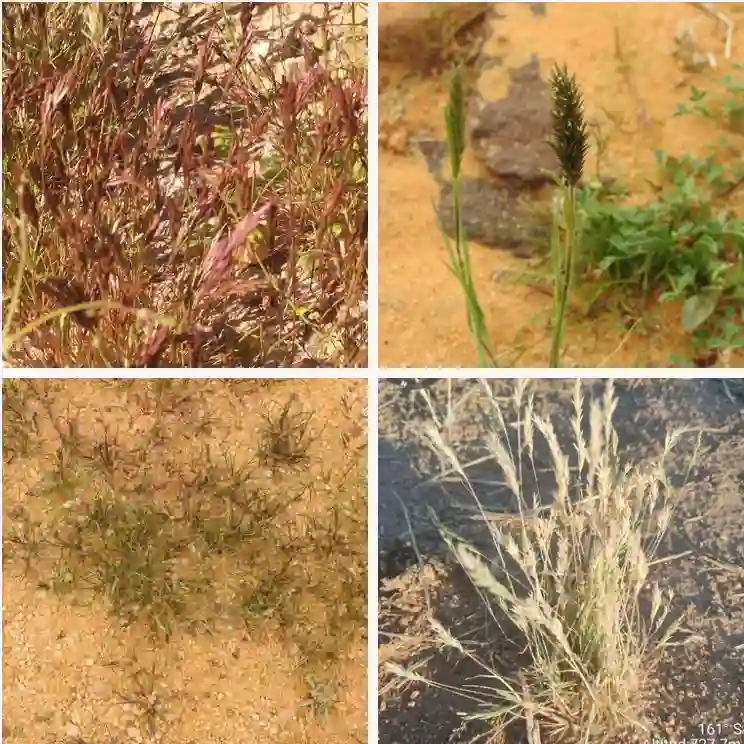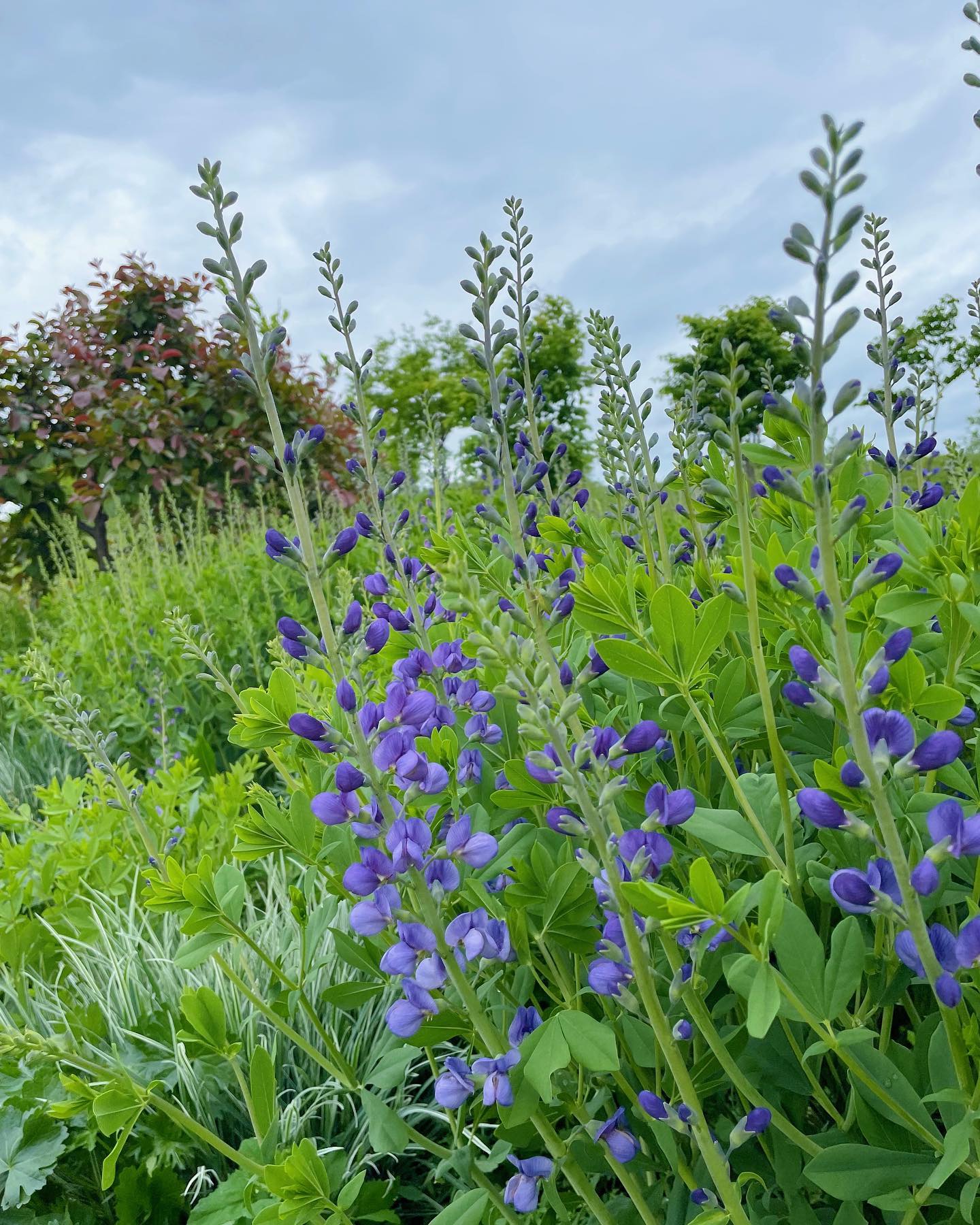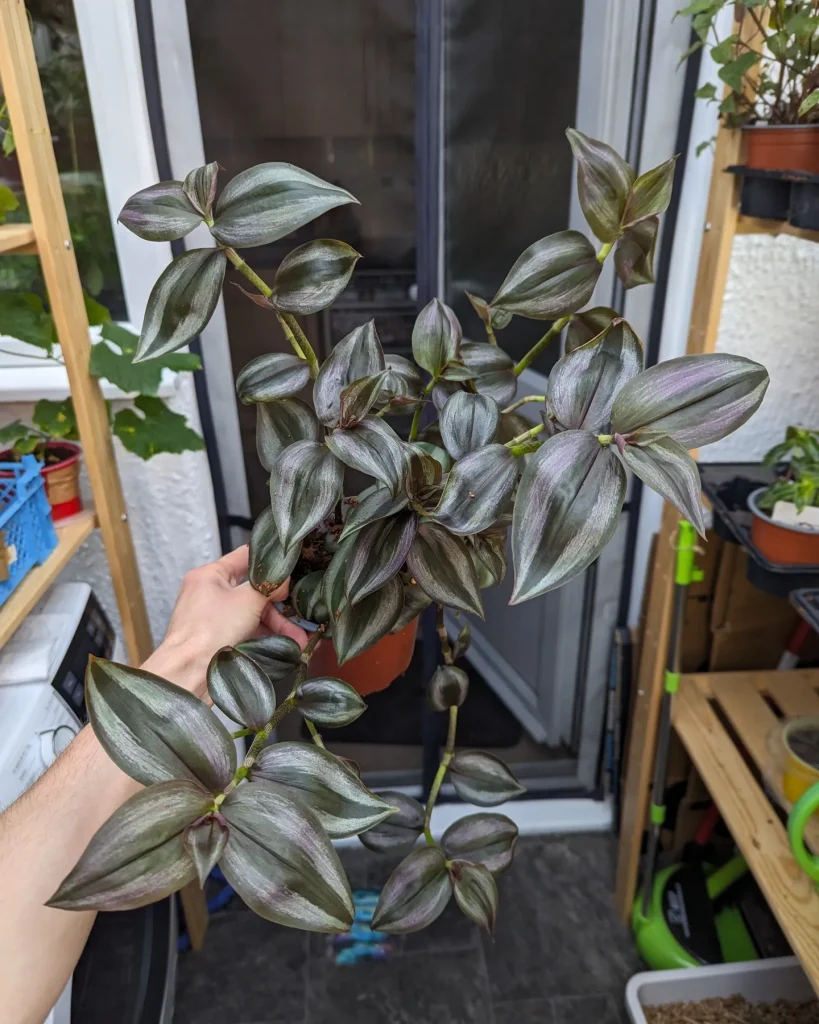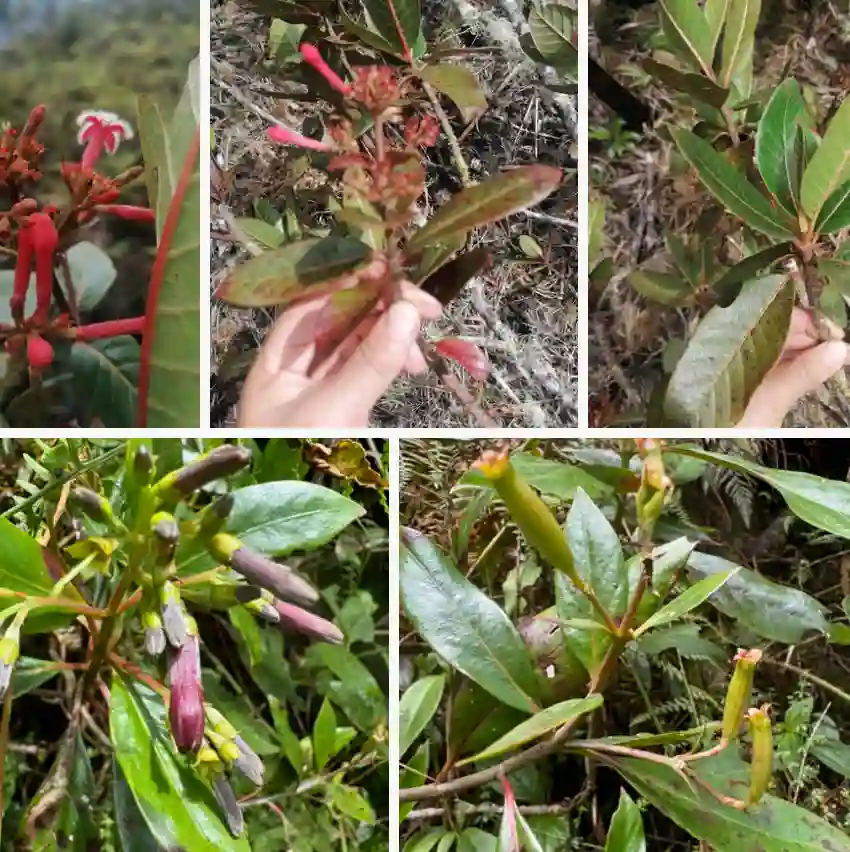Exploring the Oncothecaceae Family: A Look at Oncotheca
As an avid plant enthusiast, I find great joy in discovering the unique families and genera that populate the plant kingdom. One such family that has piqued my interest is the Oncothecaceae, particularly its notable genus, Oncotheca. In this article, I will share my insights and experiences with this intriguing family of flowering plants, exploring their characteristics, habitat, and significance in the botanical world.
What is Oncothecaceae?
The Oncothecaceae family consists of flowering plants primarily found in tropical regions. This family is relatively obscure compared to more widely recognized families like Asteraceae or Fabaceae. However, the Oncothecaceae stands out for its unique adaptations and ecological roles. The primary genus in this family is Oncotheca, which comprises various species that display fascinating traits.
The Genus Oncotheca
Within the Oncothecaceae family, the genus Oncotheca encompasses several species that thrive in warm, humid environments. These plants are primarily found in regions like Southeast Asia and parts of Africa. What captivates me about Oncotheca is its diverse morphology. Some species exhibit broad, leathery leaves, while others have slender, elongated foliage. This diversity in leaf shape is a reflection of their adaptations to different ecological niches.
Oncotheca plants are often characterized by their striking flowers, which can vary significantly in color and size. These flowers not only attract pollinators but also serve as a crucial component of their reproductive strategy. During my explorations, I have been fortunate to observe these beautiful blooms in their natural habitats, where they create a vibrant tapestry of colors against the lush greenery.
Habitat and Distribution
Oncotheca species thrive in tropical climates, where warmth and moisture are abundant. They are often found in rainforests, where they grow alongside other fascinating flora. The humidity and rich soil of these environments provide the ideal conditions for their growth. One aspect that stands out to me is the way Oncotheca plants have adapted to their surroundings. Some species climb trees, while others spread across the forest floor, demonstrating remarkable versatility in their growth habits.
The distribution of Oncotheca is primarily limited to regions where tropical climates prevail. However, these plants are also resilient and can be found in disturbed habitats. I have encountered Oncotheca growing in areas that have been cleared for agriculture, showcasing their ability to adapt and thrive even in less-than-ideal conditions.
Ecological Importance
One of the most fascinating aspects of the Oncothecaceae family, particularly the genus Oncotheca, is their role in the ecosystem. These plants contribute to the biodiversity of their habitats, providing food and shelter for various organisms. The flowers of Oncotheca are a source of nectar for pollinators such as bees, butterflies, and hummingbirds. Observing these interactions in nature has deepened my appreciation for the intricate relationships that exist within ecosystems.
Moreover, Oncotheca plays a vital role in maintaining the health of tropical ecosystems. By participating in nutrient cycling and supporting various trophic levels, these plants help sustain the delicate balance of their habitats. I often reflect on how every plant, no matter how obscure, plays a crucial role in the broader tapestry of life.
Cultivation and Care
For those interested in cultivating Oncotheca, it is essential to replicate their natural habitat as closely as possible. These plants thrive in well-draining soil that retains moisture without becoming waterlogged. I have found that a mix of potting soil and organic matter works well for my Oncotheca specimens.
Providing adequate humidity is also crucial for their growth. I often mist my Oncotheca plants or place them in a terrarium to maintain the necessary humidity levels. Additionally, these plants benefit from bright, indirect light. While they can tolerate some direct sunlight, too much can scorch their delicate leaves.
Conclusion
In my journey as a plant enthusiast, the Oncothecaceae family and its genus Oncotheca have left a lasting impression on me. The unique characteristics, ecological significance, and cultivation challenges of these plants make them a fascinating subject for exploration. As I continue to learn about and care for Oncotheca, I am reminded of the importance of preserving the biodiversity that enriches our planet. Each plant, including those from the lesser-known Oncothecaceae family, plays an essential role in the intricate web of life that sustains us all.
If i die, water my plants!



